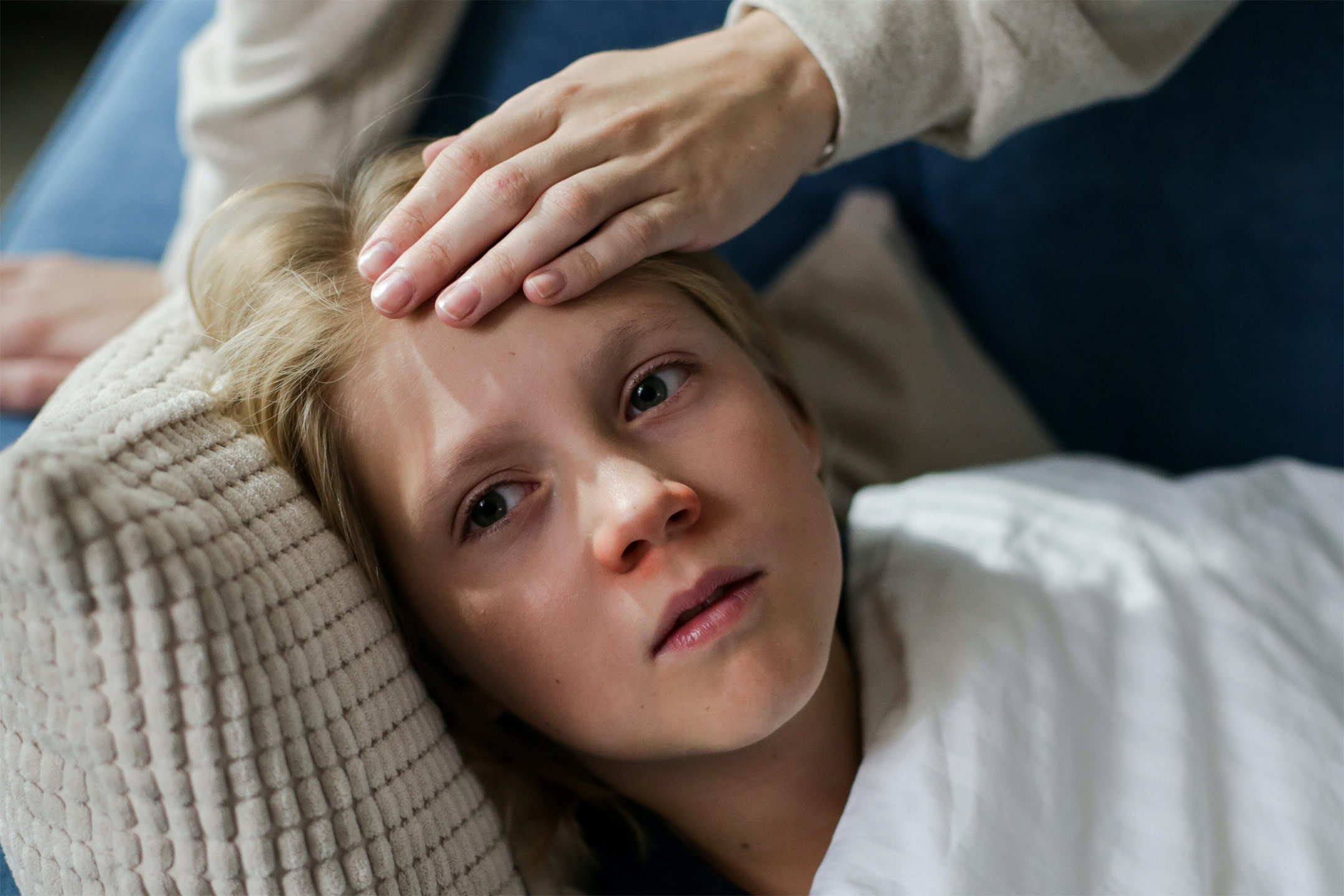
22 Apr Watch for Early Signs of Meningococcal Disease: A Vital Parent’s Guide
Experts remind everyone to watch out for early signs of invasive meningococcal disease as we enter peak season
Invasive Meningococcal Disease (IMD) is a rare but serious bacterial infection that can progress quickly, causing severe complications and even death if not detected and treated early. As we enter the peak season for infectious diseases, it’s essential for parents to be vigilant and aware of the warning signs of IMD to protect their children’s health. Here’s a straightforward guide to help you understand the signs and what you should do if you suspect meningococcal disease:
What is Meningococcal Disease?
Meningococcal disease is caused by a bacterium called Neisseria meningitidis. It can affect people of all ages, but babies under the age of 2 and adolescents aged 15 to 19 are at higher risk. The disease can spread through close contact with an infected person’s respiratory secretions, such as coughing or kissing.
Early Signs and Symptoms
The early symptoms of meningococcal disease can be quite similar to those of a common cold or flu, making it challenging to recognize. Be watchful for the following signs:
- Fever: A high fever that comes on suddenly and doesn’t subside easily.
- Extreme Tiredness: Your child may appear excessively tired and weak, lacking their usual energy levels.
- Refusal to Eat: Loss of appetite and refusal to eat, even their favorite foods.
- Other Symptoms: Look out for additional signs, including diarrhea, cold hands and feet, sensitivity to light, pale or blotchy skin, and vomiting.
- Dark Purple Rash: In later stages, a dark purple rash may develop, which is a critical indicator. However, please note that the rash may not always appear.
What Should You Do?
If you notice any of the above symptoms in your child, don’t hesitate to take immediate action:
- Trust Your Instincts: As a parent, you know your child best. If something feels off, don’t hesitate to seek medical attention.
- Contact Your Doctor: Call your child’s doctor or seek medical advice promptly. Describe their symptoms and any changes you have observed.
- Go to the Emergency Room if Necessary: If your child’s condition worsens rapidly or they develop any severe symptoms, such as the dark purple rash, take them to the nearest emergency room without delay.
- Keep Others Informed: If your child has been diagnosed with meningococcal disease, inform their school or daycare to help prevent further spread.
Prevention and Vaccination
Vaccination is the best preventive measure against meningococcal disease. Ensure your child receives the recommended vaccines as per their age and follow the vaccination schedule advised by your healthcare provider. Vaccination can significantly reduce the risk of contracting the disease and its potential complications.
Stay Informed and Educated
Knowledge is power when it comes to protecting your child’s health. Learn more about meningococcal disease and its symptoms. Stay up-to-date with any information or guidelines provided by health authorities.
While meningococcal disease is rare, being aware of the early signs and symptoms is crucial for early detection and timely treatment. As parents, you play a vital role in safeguarding your child’s well-being. If you notice any unusual symptoms, don’t hesitate to seek medical attention. Educate yourself about meningococcal disease and vaccination to ensure your child stays healthy and safe during this peak season for infectious diseases. Remember, staying informed can save lives!
For more information about meningococcal, speak to your healthcare professional.
Download more information flyer here
Note: The Royal Australian College of General Practitioners (RACGP) has warmly welcomed the Queensland Government making the meningococcal B vaccine free for all infants and children under the age of two, and adolescents aged 15 to 19 years.


